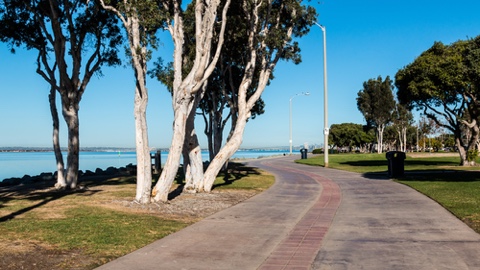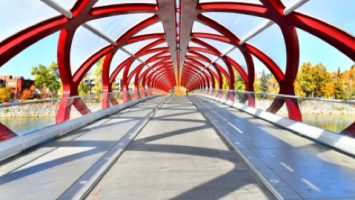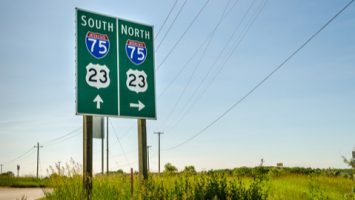
The Chula Vista Bayfront Master Plan project is the West Coast’s largest fully entitled waterfront development. The 535 acre development will be designed as a “smart city” using cutting edge technologies that tie together energy generation, energy use, and advanced communications infrastructure with analytics capabilities. The 535 acre development, guided by the Chula Vista Bayfront Master Plan (CVBMP), has among the most aggressive energy use targets of any new development of its size. In order to achieve its ambitious sustainability goals, it will incorporate cutting edge technologies that tie together energy generation, energy use, and advanced communications infrastructure with analytics capabilities. While many communities have incorporated different aspects of smart city investment in telecommunication, energy and water the CVBMP looks to incorporate all aspects of what a smart city could be and act as a test bed for energy technology solutions that could be expanded city-wide and in the region. We spoke with Chula Vista Chief Sustainability Officer Dennis Gakunga who told us a bit more:
Q: What does the term ‘smart city’ mean to you, and how does your project contribute to a larger smart city vision?
A: In September 2017, the city adopted a Smart City Strategic Action Plan to serve as a roadmap that will help the City achieve its vision of a transparent government that provides effective and efficient services. We define a smart city as leveraging innovative technology and data tools to better serve and engage citizens, enhance sustainability, improve public safety, promote local economic development, and maximize tax payer dollars through a collaborative process across city departments.
Q: Why is the implementation of your project transformational in our current society?
A: The 535 acre Chula Vista Bayfront Master Plan (CVBMP) was designed to transform underutilized industrial Bayfront landscape into a thriving waterfront destination. Approximately 105 acres of the project area was a former aerospace manufacturing facility surrounded by a national wildlife refuge and breeding ground for endangered species. The CVBMP adopts environmental protections that go above and beyond federal, state and local requirements. At buildout, more than 40% of the CVBMP will be dedicated to parks, open space, and coastal habitat preservation. The CVBMP is projected to generate $1.3 billion regionally over 20 years.
Q: What advice did you receive along the way that helped you win a slot in the 2018 Smart 50 Awards?
A: The success of smart cities initiatives cannot happen in a vacuum. These efforts need to rely on regional partnerships to ensure smart cities initiatives are sustained by stakeholder engagement across our region.
Q: What advice would you give a city community or a solution provider looking to implement a municipal-level project?
A: Assess the needs and wants of your community, then integrate that with the operational needs of the organization. Do lots of community outreach to ensure community buy-in on key projects. Talk to industry experts and other municipalities on best practices. The CVBMP development is collaboratively planned through more than 100 community meetings to ensure broad community support and serves as an example of successful joint planning between two public agencies, a major land owner, local, state, federal agencies and the public.
Q: What does it mean to you to win the Smart 50 Awards?
A: The City of Chula Vista has a proud history of innovation and leadership. We are ecstatic about being recognized as a Smart 50 Award winner through our efforts. The national recognition is testament to the importance of cities and agencies embracing regional collaboration and community outreach as they embark on key projects and smart cities initiatives.


